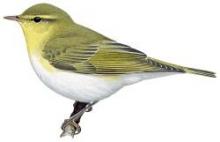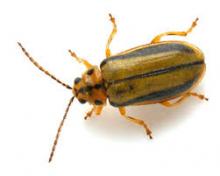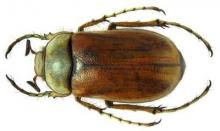Thiamethoxam reduces egg development in wild bumblebee queens
New research published in the journal Proceedings of the Royal Society B has found that wild bumblebee queens are less able to develop their ovaries when exposed to a common neonicotinoid pesticide. The research was conducted by Dr Gemma Baron , Professor Mark Brown of Royal Holloway, University of London and Professor Nigel Raine, (now based at the University of Guelph). The study investigated the impact of exposure to field-realistic levels of a neonicotinoid insecticide (thiamethoxam) on the feeding behaviour and ovary development of four species of bumblebee queen.










